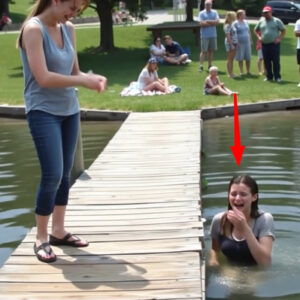The other day, I stumbled upon something truly strange in my yard. At first glance, it looked like a rope—long, dark, and winding—resting in the grass as though someone had left it there on purpose.Then a chilling thought struck me: What if it’s a snake?My chest tightened, my heart racing as I froze in place. Carefully, I pulled out my phone, snapped a quick photo, and with adrenaline pushing me forward,
I stepped closer. Each move felt tense, my imagination convincing me I was about to face something dangerous.But when I finally got close enough to see clearly, the truth left me speechless.It wasn’t a rope.And it wasn’t a snake either.Stretching across the yard was a slow-moving column of caterpillars—roughly 150 of them, which I later counted—crawling in a perfectly straight line. Each one followed the other so tightly that they formed what looked like a single, unbroken body. It was mesmerizing.
I had never seen such behavior before. Why would so many caterpillars march together like this? Some say it’s a defense mechanism: there’s safety in numbers, and moving as one might confuse predators. Others believe it’s a strategy for survival, helping them find food more efficiently or conserve energy—those in front clear the way while the rest follow.Whatever the reason, I couldn’t shake the feeling that I’d just witnessed a secret rhythm of nature, usually hidden from our eyes.
What began as fear turned into fascination, a reminder that not everything strange is meant to harm us—sometimes, it’s just the world showing us how connected and extraordinary life really is.The “rope in the grass” turned out to be a lesson: look closer, and you might find wonder where you least expect it.





